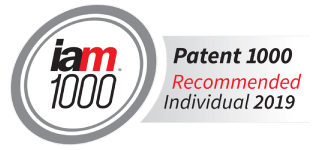Services
Practice Areas
Why SpencePC?
Clients choose SpencePC because we do outstanding work for fair compensation. Unlike our competitors, we encourage the use of alternative-fee agreements that more closely align our clients’ interests with the Firm’s interests. As a result, our clients pay only for the value they receive.
Our Philosophy
Our philosophy is simple: be outstanding and offer a unique value proposition. Hourly billing creates the wrong incentive for attorneys to work longer, not smarter. Instead, we encourage alternative-fee arrangements that reward success and efficiency. By doing so, our attorneys remain focused on obtaining the best results for our clients in the most cost-efficient manner.
Our Skills
We are attorneys who specialize in intellectual property and complex litigation. We hold science, engineering, and law degrees from the nation’s top schools. Following our education, each of us received years of additional training from prestigious, top-tier law firms. Our billing model ensures we remain focused on obtaining the best results in the most cost-efficient manner.
Associations & Accolades
Williamson v. Citrix – What it Means for Your Claims and Specification
Williamson v. Citrix 792 F.3d 1339 (Fec. Cir. June 16, 2015)
In 1952, Congress invalidated an earlier Supreme Court ruling and provided patentees with the right to claim an invention using functional language–so long as such patentees clearly signaled their intent to do so by use of the claim expression “means for,” in conjunction with a functional description of what the claimed structure or step accomplishes. This right is now codified in 35 U.S.C. 112(f)).
Initially, patent practitioners viewed means-plus-function language as an advantageous tool. Without such language, an inventor seeking to claim hardware used to attach two pieces of wood had limited options. The inventor could specifically claim a screw. Alternatively, and more generally, the inventor could (at least in the past) claim a fastener to cover the use of screws, bolts, rivets, staples, or other mechanical attachments. In the latter example, however, it is unlikely that the term fastener would be construed to include glue. In contrast, by using “mean-plus function” language the inventor could describe the claimed fastener as a “means for fastening.” When claimed this way, the claim term would likely include glue as an equivalent to the other fasteners disclosed in the specification. Accordingly, patent practitioners who began their careers prior to the creation of the CAFC were generally taught to see “means for” as their friend.
Jumping ahead to the present, many practitioners now view means-plus-function language as something to be avoided. Means-plus-function language fell in disfavor, at least in part, because recent court decisions have strictly limited corresponding claim coverage to only those structures or steps firmly identified in the specification. Such decisions are arguably in tension with apparent Congressional, which seemed to more broadly construe the scope of means-plus-function terms to include both recited structures and steps and the “equivalents thereof.” This more narrow treatment of equivalents under 112(f) undermines the usefulness of means-plus-function language. Referring again to the example of “means for fastening,” under this more narrow interpretation it would not appear include glue unless glue was specifically described in the specification. Therefore, it appears that many of the previously perceived benefits of means-plus-function language have vanished.
112 (f) provides that “an element in a claim … may be expressed as a means or step …” (emphasis added.) Prior to the Federal Circuit’s recent decision in Williamson, a clearer boundary existed between invocation or avoidance of “means for” treatment of claim elements. Formerly courts attached a strong presumptive trigger to the presence or absence of the words “means for.” In Williamson, the court “nonced” the term “module,” taken from the full expression “distributed learning control module.” It construed this term according to means-plus-function language. The Williamson decision appears to remove or reduce this presumption. Under Williamson, categorizing a generalized structural or step term (e.g. fastener) as a “nonce word” will result in application of “means for” treatment to claims terms.
The lesson learned appears to be this: patent applicants should invest more time and effort to carefully select claim terms and to verify that adequate support for all terms exists in the specification. While well-established terms like “fastener” are unlikely to get “nonced,” relatively new terms that encompass multiple structures or steps remain highly vulnerable. Accordingly, to ensure broad claim coverage for combination claims, patent applicants may need to expand the specification’s description of many, if not all, elements recited in such combination claims.
The post Williamson v. Citrix – What it Means for Your Claims and Specification appeared first on SpencePC.



Recent Blog Posts

Phone
Fax
(312) 635-2299
This website has been built to be accessible for all users. If you experience any difficulty in accessing this website, please contact us for assistance.








